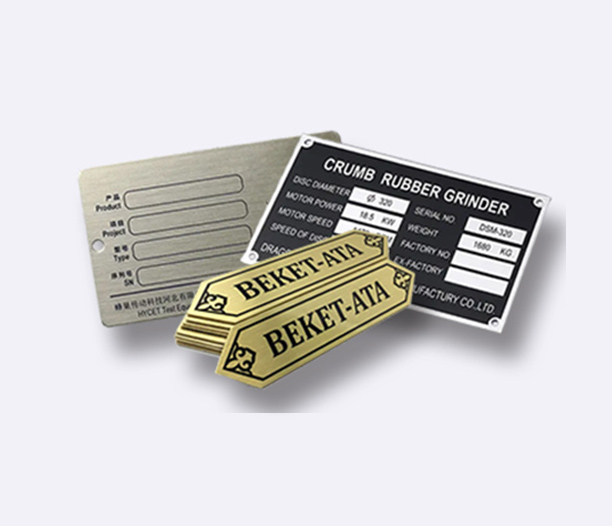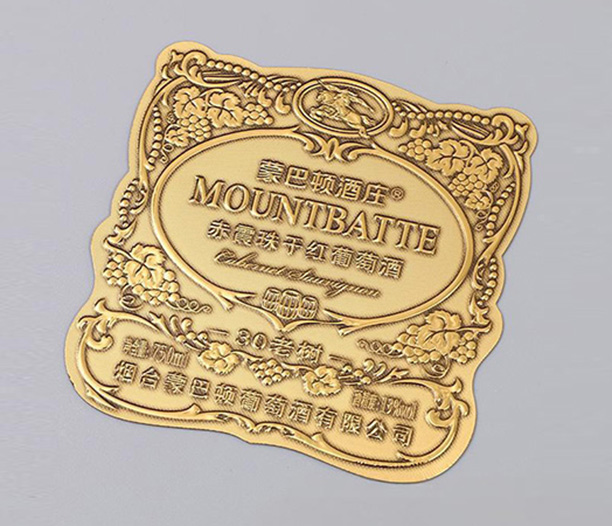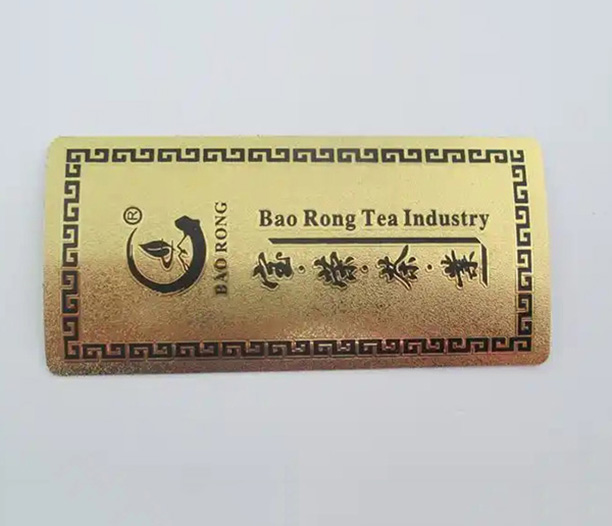If you’ve ever wondered why industrial facilities, marine environments, and medical labs overwhelmingly choose 316 stainless steel nameplates for their identification tags, you’re about to get a crash course in materials science. Spoiler alert: It’s all about corrosion resistance. Let’s break down why this alloy outperforms competitors and how its unique chemistry makes it the gold standard for durable, long-lasting nameplates.
What Makes 316 Stainless Steel So Special?
At its core, 316 stainless steel nameplates belong to the "austenitic" stainless steel family, a category known for its high chromium and nickel content. But what sets Grade 316 apart is its secret weapon: molybdenum (2-3%). This element is like the superhero of corrosion resistance, forming an extra protective barrier against chlorides, acids, and industrial chemicals.
Compared to the more common 304 stainless steel, 316’s molybdenum boost makes it 10x more resistant to pitting and crevice corrosion. That’s why you’ll see 316 stainless steel nameplates dominating harsh environments—think offshore oil rigs, chemical processing plants, or coastal signage battling salty sea air daily.
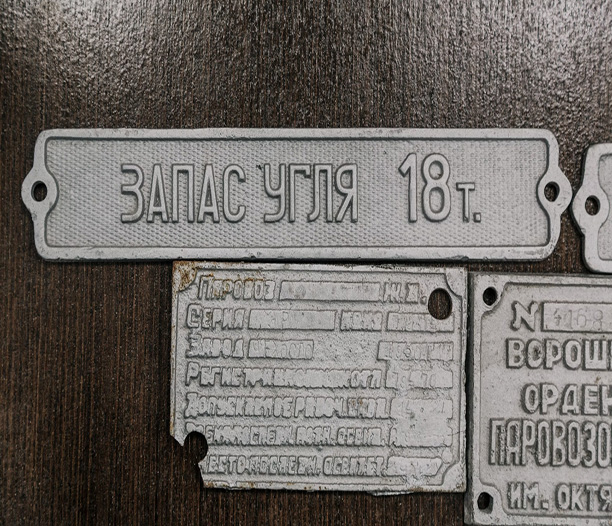
The Chemistry of Corrosion Resistance
Let’s nerd out for a second. Stainless steel’s corrosion resistance starts with its passive layer—a thin, invisible film of chromium oxide (Cr₂O₃) that forms when exposed to oxygen. This layer self-repairs if scratched, acting like an immune system against rust.
But 316 takes it further:
- Molybdenum bonds with the passive layer, making it tougher against chlorides (the #1 enemy of stainless steel).
- Nickel (10-14%) stabilizes the structure, preventing stress corrosion cracking.
- Low carbon content (<0.08%) minimizes carbide precipitation during welding, keeping the alloy intact.
This trifecta ensures 316 stainless steel nameplates laugh in the face of sulfuric acid spills, saltwater spray, and even bleach-based cleaners.
Real-World Applications: Where 316 Nameplates Shine
Why does this matter? Let’s look at scenarios where cheaper metals fail but 316 stainless steel nameplates thrive:
- Medical Equipment: Hospitals use autoclaves (steam sterilizers) that hit 270°F. 316’s resistance to heat and sterilization chemicals keeps labels legible for decades.
- Marine Industry: Boat manufacturers love these nameplates because they survive saltwater immersion without fogging or pitting.
- Food Processing: USDA-compliant facilities need tags that won’t corrode from acidic sauces or sanitizing agents.
- Outdoor Industrial Sites: From oil refineries to wastewater plants, 316 nameplates withstand acid rain and abrasive pollutants.
A 2022 study by the National Association of Corrosion Engineers (NACE) found 316 stainless steel nameplates maintained 95% surface integrity after 15 years in coastal installations—compared to 304’s 62%.
Maintenance Myths Busted
A common misconception? "Stainless steel means zero maintenance." While 316 stainless steel nameplates are low-maintenance, occasional care maximizes lifespan:
- Rinse salt deposits: Use fresh water on coastal or de-iced road signage.
- Avoid abrasive pads: Soft cloths prevent scratching the passive layer.
- Skip hydrochloric acid cleaners: Stick to pH-neutral solutions.
Pro tip: Passivation treatments (nitric acid baths) can restore the oxide layer if deep scratches occur.
Cost vs. Value: Why 316 Wins Long-Term
Yes, 316 stainless steel nameplates cost 20-30% more upfront than 304 or aluminum alternatives. But let’s do the math:
- Replacement labor for corroded tags: 50−50−150/plate
- Downtime from illegible safety labels: Priceless (and potentially lawsuit-inducing).
A Chevron facility reported saving $12,000/year by switching to 316 nameplates in their offshore platforms—maintenance visits dropped from quarterly to biennial.
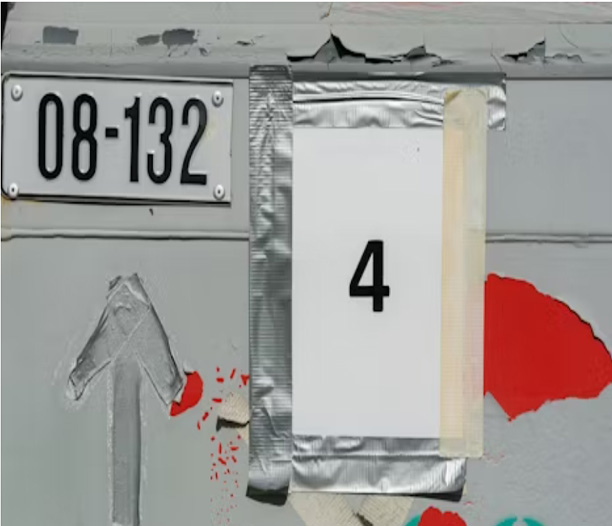
How to Spot Fake 316 Nameplates
Beware of suppliers cutting corners. Authentic 316 stainless steel nameplates should:
- Be non-magnetic (austenitic structure)
- Show a mill test report (MTR) with 16-18% Cr, 10-14% Ni, 2-3% Mo
- Have a smooth, reflective finish without pitting
When in doubt, use a molybdenum test kit—a $25 investment that prevents costly mistakes.
The Future of Corrosion-Resistant Nameplates
Innovations like laser etching and ceramic coatings are pushing the limits, but 316 remains the benchmark. Researchers at MIT are even studying its atomic structure to develop next-gen alloys. Until then, 316 stainless steel nameplates will keep ruling industries where failure isn’t an option.
Final Takeaway
Choosing 316 stainless steel nameplates isn’t just about buying a label—it’s about investing in decades of reliability. Whether you’re tagging a submarine component or a pharmaceutical machine, this alloy’s science-backed corrosion resistance ensures your message outlasts the competition. Still using 304? It might be time for an upgrade.



